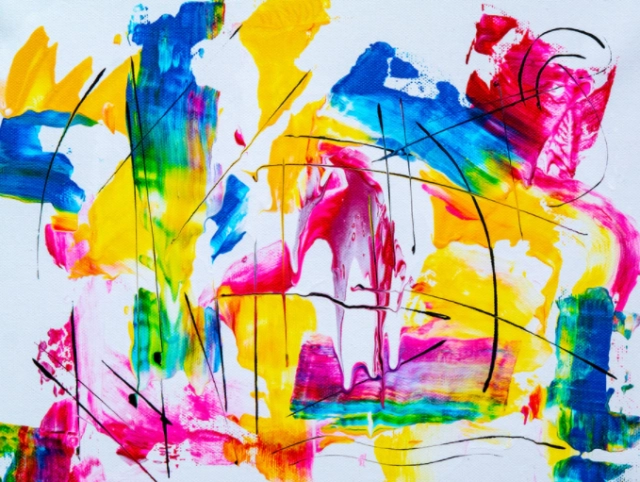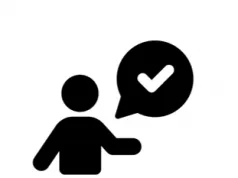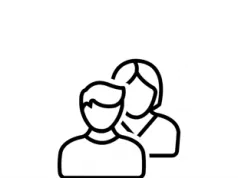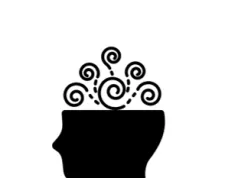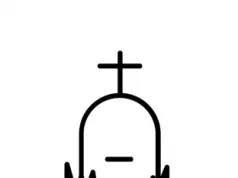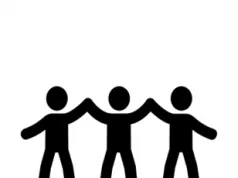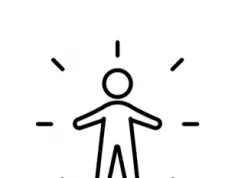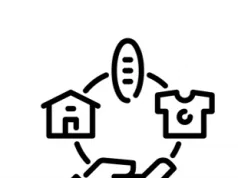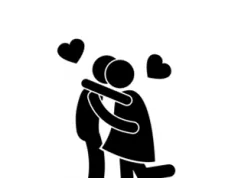Arts Therapy is a type of therapy that can be used in the treatment of some mental health conditions. While it is rarely a first-line intervention, it can be useful under certain circumstances.
Instead of using conventional talking therapy, Arts therapy involves a patient expressing their thoughts and feelings through art or creativity. It is therefore an excellent choice for those that struggle to communicate their feelings and thoughts.
Arts therapy is a rather broad term, and there are actually a few different types of therapies that fall into this category. In this article, we give a broad overview of these various areas.

What is Arts Therapy?
Arts Therapy: Arts and creative therapy (also known as expressive arts therapy, creative arts therapy, expressive therapies etc) can help people find a way to express their thoughts and feelings in an easier way. This type of therapy involves an individual creating art, an object or piece of music, which can normally be used by a therapist to link to certain problems. Arts therapy can be a good alternative to talking therapy if needed.
Art Therapy
Art therapy is the most common form of Arts therapy. It involves visually creating art, using tools such as pens or pencils, clay, paint, or any other method that involved art creation.
Drawings, paintings or models can be made to show the therapist what a patient is going through. The therapist may give the patient certain themes to follow, or may let their patient freestyle, and let the session flow from there.
Writing Therapy
Writing therapy involves a patient writing as a method of Arts therapy. By writing, this can help someone to improve their self-awareness, and it can give a therapist invaluable insights into the mental well-being of their patient.
Writing can give a patient the chance to write down their feelings, which can be beneficial. It can also give the patient a chance to review past events in closer detail. A patient may also create a fictional story that may have hidden meanings to it that a therapist can work on.
Dance Therapy
As the name suggests, dance therapy involves a patient using dance and other movement during sessions. While dancing and cavorting around a room for an hour might sound counter-productive, dance therapy can actually be useful.
For those who feel detached from their thoughts and feelings, dancing and other structured movements can help them to become more familiar and comfortable with themselves. Past experiences that have caused difficulty can be tackled by reenactments through dancing, which some people find helps.
Dramatherapy
Dramatherapy is similar to dance therapy, albeit with drama and reenactments being more of a major part of the therapy. The patient may find acting out problems or past events can be helpful, or can help them process negative feelings.
As part of dramatherapy, a patient could invent a play that involves characters, improvisation, preparing speeches or acting out their own experiences. The intention will be for the patient to become more comfortable with their feelings and thoughts.
Music Therapy
Music therapy involves the use of music and sound. Many have said that music is one of the easiest ways of releasing emotions in humans, and showing such emotions can help open up channels of communication between a therapist and their patient.
It is possible that a person could create their own music, write lyrics, or come up with soothing sounds to help them. Each individual will find certain areas help them.
Summary
As seen, there are many different types of Arts therapy. The exact version used will differ from person-to-person, though sometimes a hybrid approach will be used, where multiple areas are used.
What is most important is for the patient to get therapeutic benefit from the use of Arts therapy. The aim is for them to see an improvement in their mental wellbeing.
See Also
- Therapy Home
- Everything You Need To Know About Talking Therapy
- FAQ’s About Talking Therapy
- Arts Therapy: Everything You Need to Know
- The Advantages and Disadvantages of Arts Therapy
- 8 Things You Should Know About Arts Therapy
- What Are The Different Types of Arts Therapy?
Disclaimer
This website should be used purely for informational purposes, and does not intend to, nor should it ever, be used as a replacement for professional medical advice.
We strive to keep all of our pages updated, and ensure that our website is full of factual and in-depth information. However, we encourage you to browse this website with care.
As a reminder, this website and all content within it cannot and should not replace the advice of a trained medical professional. You can read our full disclaimer at this link.
Helplines
If you are struggling with your mental health, help is available. With the right support and treatment, you can make a recovery. For information on helplines, or if you are in a state of crisis, please visit our crisis page by clicking on the relevant link for your geographical location (United Kingdom), (United States), (International). You can also see how to get mental health treatment and the process involved by clicking this link.

